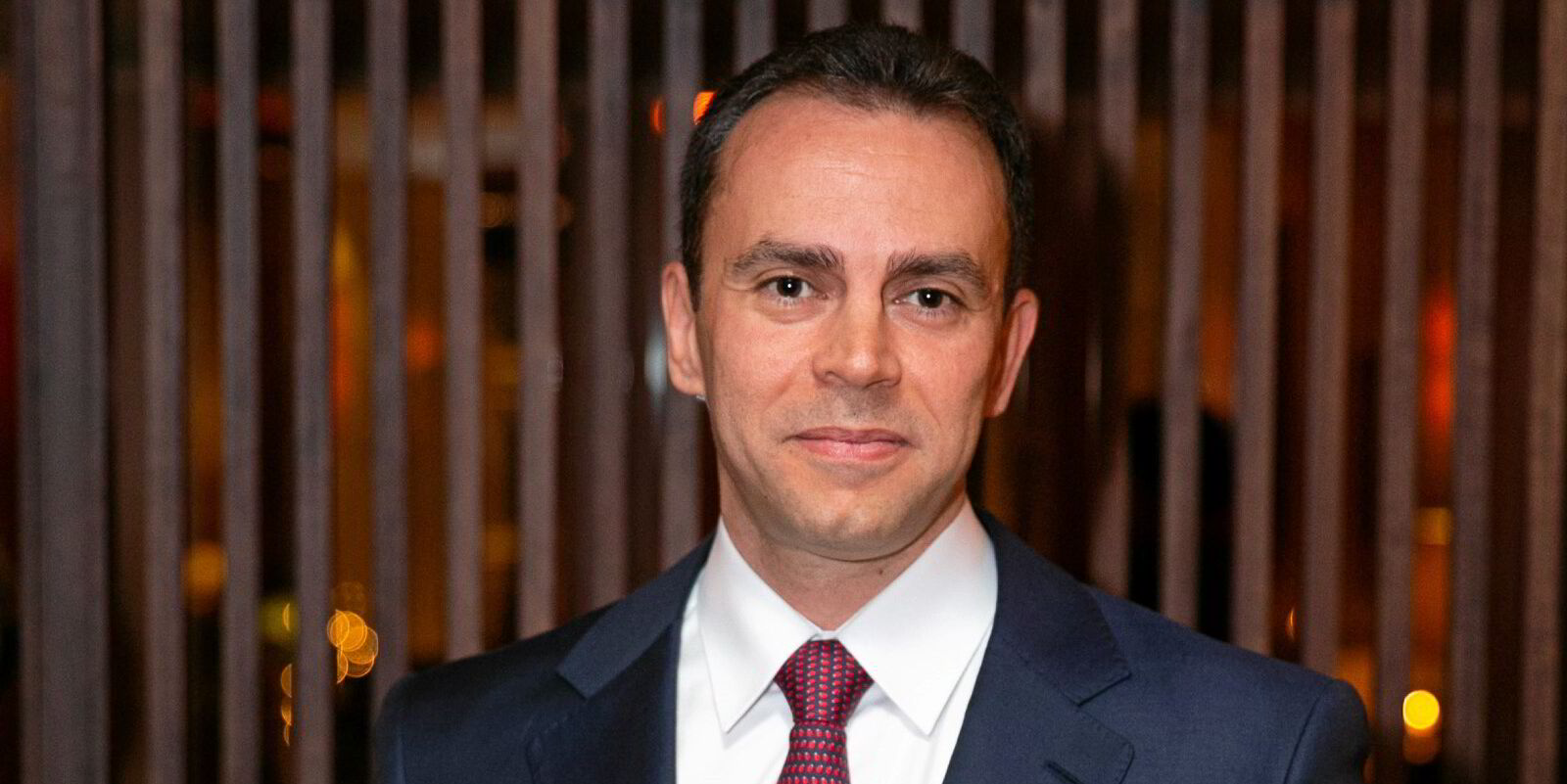Tanker and LNG carrier owners are set to benefit as oil and gas investment is pushing up offshore production volumes.
Clarksons Research analyst Calum Kennedy said offshore fields account for 27% of all output.
“Given the natural decline rate of output at mature fields, this has required significant investment,” he added.
Kennedy identifies a “strong run” across 2021 to 2023 in which offshore capital expenditure commitments globally averaged $114bn per year, supporting activity.
“It seems likely that offshore oil will gain share versus onshore, and additional growth will continue to support offshore rig and vessel demand, particularly in South America,” he said.
This trend has also been supportive of Atlantic basin trade flows for tankers, such as long-haul trade from Brazil, Clarksons Research said.
“Growth in offshore gas, though led by Middle Eastern output increases (Qatar, UAE), is set to see contribution from a range of regions by 2026, including Asia and West Africa,” Kennedy added.
And given that many of the higher-profile projects will feed liquefaction start-ups, it is expected to support LNG trade and LNG carriers, he believes.
In the past 20 years, offshore oil production has actually had almost no net growth, he explained.
Mature basins’ output falls
Decline in output in mature basins such as the North Sea or shallow-water Gulf of Mexico has also been a limiting factor.
But 2024 will be a third consecutive year of offshore oil production growth, albeit at 0.2%, lower than it might have been without Opec+ cuts.
Three successive years of growth last occurred in 2004, Clarksons Research said.
Stronger growth could now follow, with a 3.9% expansion in offshore oil at 1m barrels per day projected for 2025, the fastest rate since 1997, and 2.9% in the following year, up 700,000 bpd.
The largest contributor to growth is expected to be South America, Kennedy believes: output from Brazil and Guyana in particular has increased strongly this year, up by 330,000 bpd, and this trend should continue over 2025 and 2026 , rising by 900,000 bpd.
Offshore gas remains at an earlier stage of its trajectory, Kennedy said.
In 2026, focus is set to shift offshore, with 5.5% growth driven by start-ups in Qatar and the United Arab Emirates.





